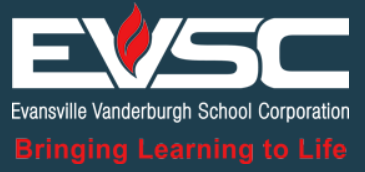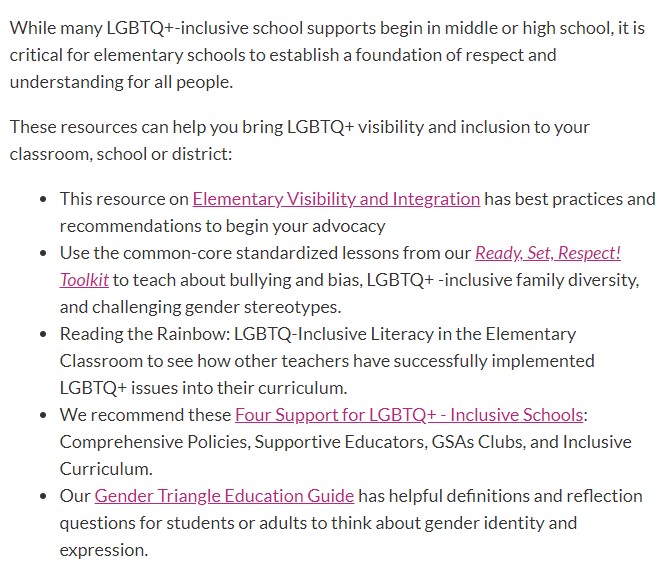
Evansville-Vanderburgh School Corporation has a gender support plan specifically for transgender students with parents who do not know about their children’s gender identity
Incidents
- Issues
- Parent Rights
- Sex and Gender
Parents Defending Education submitted a public records request to the Evansville-Vanderburgh School Corporation requesting any guidance on transgender issues or gender support plans used for students. PDE received two gender support plans and a document titled “EVSC Transgender Guidance” back from the district. The gender support plans make it clear that parents do not need to be involved in knowing about the gender identity of their children. The document for the gender support plans states:
Sometimes parents themselves bring students in to talk about that child’s transition, which allows us to provide the greatest level of support (name change in the Student Management System, email address with preferred name, etc.). In situations where parent support either doesn’t exist, or is limited, we try to still have ongoing conversations of support with both the student and families, in order to get to a place of mutual benefit.
However, two gender support plans were provided to PDE. The first plan is titled “Parent/Caregiver Supported – EVSC Gender Support Plan.” This plan states at the beginning: “STOP: THIS FORM IS FOR STUDENTS WHOSE PARENTS SUPPORT THEIR CHANGE OF NAME. IF PARENT IS NOT AWARE OF DOES NOT SUPPORT THEIR CHANGE OF NAME, PLEASE COMPLETE THE 2022-2023 STUDENT ONLY-EVSC GENDER SUPPORT PLAN.“
The plan for students without parents who know or support their gender transition is titled “Student Only – EVSC Gender Support Plan.” Both gender support plans ask if students are “Female to Male,” “Male to Female,” “Gender Fluid,” “Gender Non-Binary,” or “Unknown.” Another question on both plans asks the “Level of Family/Caregiver Support.” The options are “High/Full,” “Medium/Somewhat,” or “Low/None.”
The document states that the district created the gender support plans with resources from organizations such as GLSEN, Gender Spectrum, and the Human Rights Campaign.
The school district’s “Transgender Guidance” document tells teachers to not “allow your personal views/beliefs to interfere with the safety or needs of gender diverse individuals.” Teachers are also told to not “say a student is an ‘X’ who wants to be a ‘Y'” because “trans students see themselves as who they are, not as one gender who wants to be another.” Resources are also provided from the Human Rights Campaign and GLSEN.
The Human Rights Campaign is a political organization that advocates for corporations and schools to adopt LGBTQ issues in their businesses and curricula. The organization has a history of working with schools, teachers unions, and the federal government to push LGBTQ activism into the nation’s education system. The organization additionally promotes using lawsuits to block laws that would protect children from being taught gender ideology while at school.
The organization Gender Spectrum offers resources specifically targeting “youth” and even teachers. Gender Spectrum offers resources to educators on a page titled “Integrating Gender Diversity Into Everyday Curriculum.” This page explains that the discussion of gender can be integrated into subjects like history, science, mathematics, and even physical education. In targeting the youth, Gender Spectrum offers online chatrooms for children as young as 10 years old who identify as “trans” or “non-binary.”


The organization GLSEN is known for promoting LGBTQ issues to young children. GLSEN states on its website that “while many LGBTQ+-inclusive school supports begin in middle or high school, it is critical for elementary schools to establish a foundation of respect and understanding for all people.” The organization has also appeared to show support for children taking “hormone replacement therapy” to transition to another gender:
Upon birth, we are typically categorized into one of two genders (boy or girl) depending on how our genitals are read. Throughout our lives, however, our many bodily characteristics work together to create a unique path of development, causing some of us to grow really tall, and others to remain short, or some of us to grow hair under our armpits and legs, while others remain bare. While this development often happens on its own during puberty, this change can also be administered through medicine, such as hormone replacement therapy. Since our society often conflates our bodies (or genitalia) with our gender identity, it is critical that we allow space for people to self-identify.


Stay Informed
